Football
OSU’s 2018 Season Could Mirror Its Forgettable 2014 Campaign
There are a lot of similarities between the start of 2018 and how the 2014 season played out.
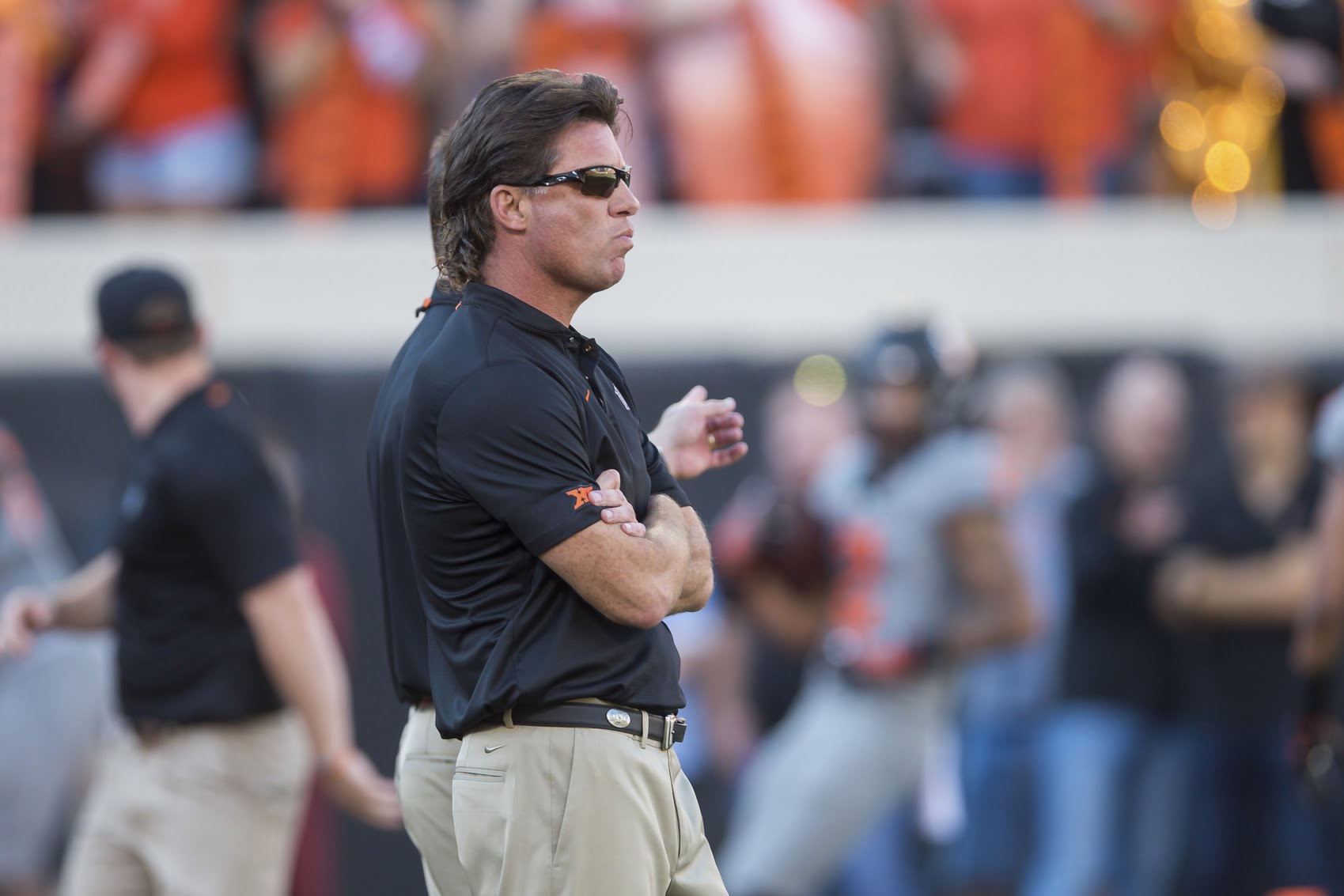
Winning is fun, losing isn’t. That’s a pretty easy notion to reconcile, especially in sports. When things are going your way, it’s easy to flip your mullet back, chomp on a smoothie straw and crack jokes during a press conference. When you’re losing, things are much less jovial.
“No smoothie tonight. Just water when you get your ass kicked,” Gundy said in a slightly self-deprecating manner after his team was embarrassed 41-17 by Texas Tech.
I’ve seen several comparisons made between this current OSU season and that mostly forgettable 2014 campaign since the loss Saturday night, and I’ve seen even more similarities between the two off the field of late.
In 2014, tensions were high between Mike Gundy and the media. And apparently between Mike Gundy and Mike Holder, and Boone Pickens, as well. Granted, we’re talking about a five-game losing streak, among other factors. This is just one game.
Against the Red Raiders, Oklahoma State was held scoreless for an entire half for the first time since 2014, when it happened three times in a span of four games that 2014 season (and coincided with that five-game skid). This offense hasn’t yet dipped to that level of futility.
But the week before that losing streak began, the Cowboys made their way to Lawrence. Led by Daxx Garman, and behind a struggling and thin offensive line, OSU’s offense mustered just 60 yards and zero points after halftime allowing Kansas to crawl back and tie the game in the fourth quarter. It was only a Tyreek Hill 99-yard kickoff return that lifted the Cowboys over the Jayhawks, and away from a meme that would surely still be following them.
This week, as Taylor Cornelius, a maligned and apparently retooling offensive line, and a suddenly thinner receiving corps. plan their trip north up I-35, it’s hard not to draw some similarities between that year and this one on the field, as well.
The two seasons in question bookend the career of Oklahoma State’s all-time leading passer, Mason Rudolph, who is now holding a clipboard on a sideline somewhere in Pittsburgh. Also gone is OSU’s most recent Biletnikoff winner, James Washington. A step back is not just understandable, it should be expected (although I’m not sure any of us expected it following the Boise State game).
Tailback talent is less than comparable between the two seasons. Justice Hill, J.D. King and Chuba Hubbard are an obvious upgrade from a group that was talent-shy enough that OSU forced a Tyreek-sized peg into a tailback hole just to get some playmaking ability in the backfield.
At receiver, sophomore Tylan Wallace could play the role of up-and-coming star a la James Washington. He was just added to the Biletnikoff Award watch list after his third-straight game of at least 100 receiving yards. Only Washington and Justin Blackmon have done that as underclassmen at OSU previously.
Now, this O-line is better than that heavily-depleted unit that started Zac Veach, a tight end-turned-guard, out of necessity. And Cornelius is at least more mobile than Garman who recorded a 16-to-3 sack-to-TD ratio during his final four starts (all losses).
But Mike Gundy would have us believe that the play of Cornelius — who went a feckless 18 of 38 on Saturday and was incomplete on his last six throws — is the least of his (and our) worries.
“It’s not him,” Gundy said of Cornelius. “We need to block better. It’s not him, don’t put it on him. We’re not blocking well enough. We have to block well enough to rush the football and then allow him to operate.
“When we’re one-dimensional because we can’t rush the football as well as need to, then we’re limited like most teams in the country. That’s where we have to improve.”
The running game has been far from dominant with chunk yardage against bad defenses buoying its per-carry numbers, but anyone with an objective outlook would admit that quarterback play has not been up to par for Oklahoma State, the offensive juggernaut that Gundy has built.
As far as our comparison is concerned, OSU is averaging 53 more yards per game rushing than it did through four games in 2014 and 5.6 yards per carry, a significant uptick from the 2014 unit’s 4.1 through the first third of that season.
Offensive line issues can be improved or schemed around, there is still plenty of talent at receiver and OSU has the horses to run. But quarterback is tabbed as the most important position on the field for a reason. That’s not to say Cornelius can’t improve as well, but I’m not sure OSU can afford to spend another half of a season trying to find out.
If it does, let’s hope that the 14th-year head coach — who has now gone on the record and doubled down on his QB decision — has maturred since he was a 10th-year head coach. Because make no mistake, if Cornelius continues to struggle, those tough questions are coming. Let’s hope it goes better than it did in 2014.

-
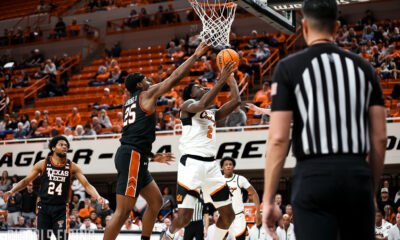
 Hoops4 days ago
Hoops4 days agoTexas Tech Transfer Robert Jennings Commits to Oklahoma State
-
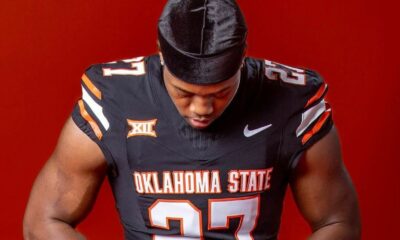
 Football3 days ago
Football3 days agoIndiana Running Back Transfer Trent Howland Commits to Oklahoma State
-
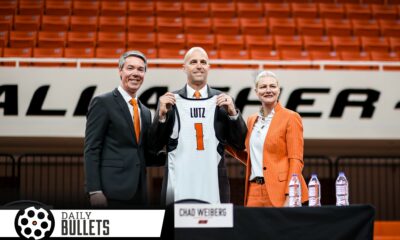
 Daily Bullets5 days ago
Daily Bullets5 days agoDaily Bullets (Apr. 25): Pokes Land a Guard, Cowboy Wins Share of Big 12 Title
-
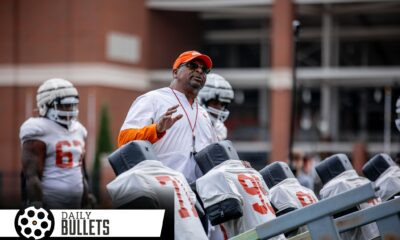
 Daily Bullets4 days ago
Daily Bullets4 days agoDaily Bullets (Apr. 26): Lutz Adds Another Player, Looking at OSU’s QB Commit






